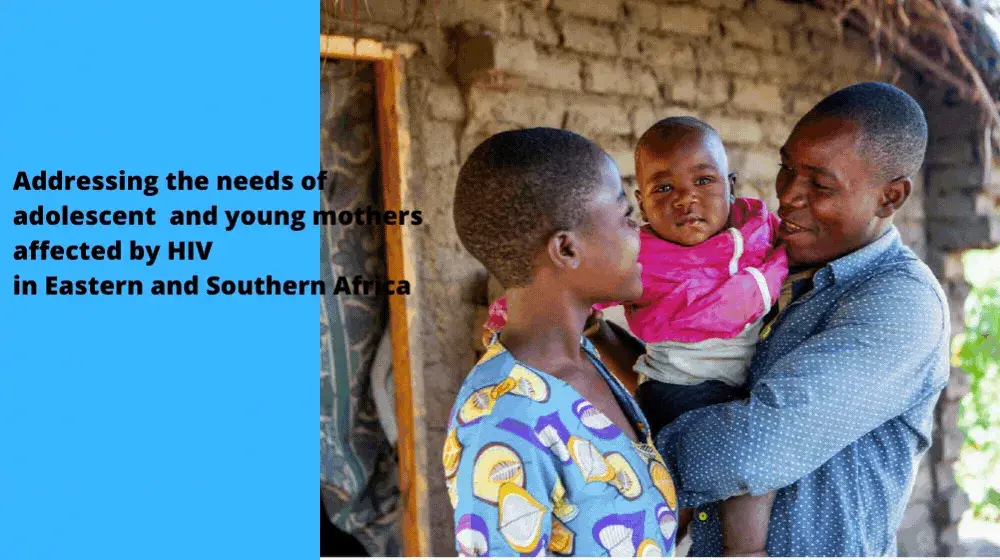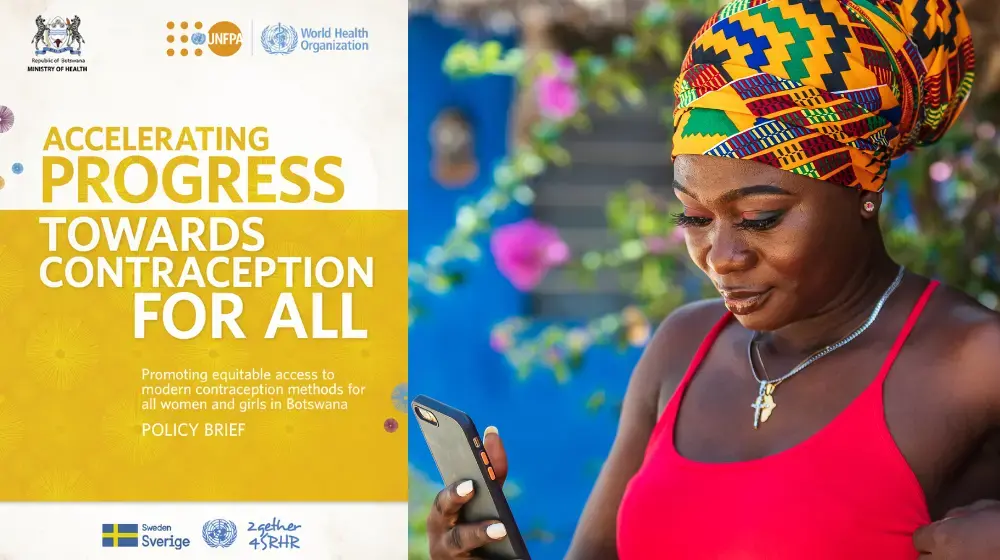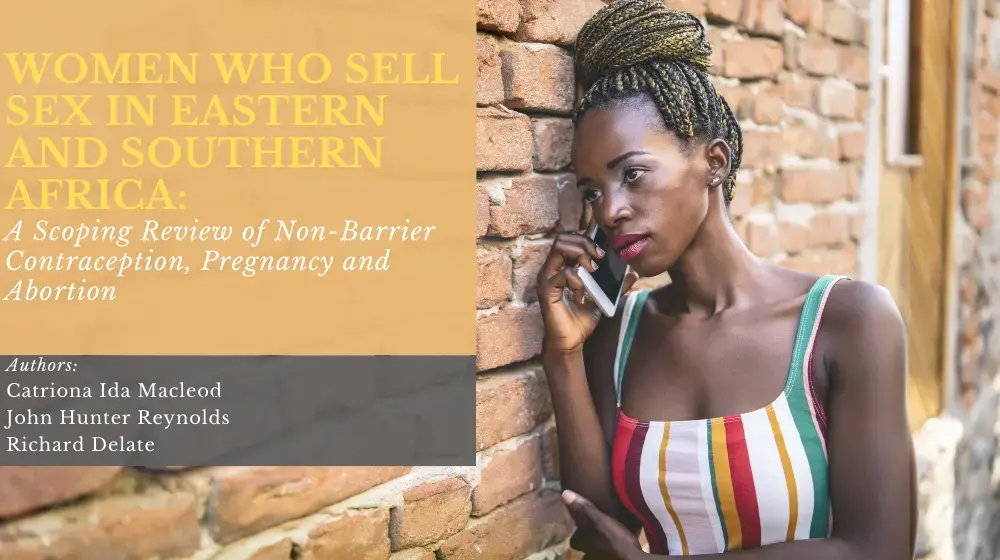Men and boys are less likely to test for HIV, initiate antiretroviral therapy and remain engaged in care, and are therefore dying of AIDS-related illnesses and many other diseases at disproportionately higher rates than their female counterparts. This has become increasingly clear over the past decade.
2gether 4 SRHR has recognized the gaps and the importance of male engagement in the HIV response—therefore, in collaboration with Sonke Gender Justice, the World Health Organization, UN Women and other partners, Male engagement in HIV testing, treatment and prevention in eastern and southern Africa: a framework for action was developed. The framework provides a foundation for country-led action to achieve the globally agreed HIV goals in the Global AIDS Strategy 2021–2026: End Inequalities, End AIDS and work towards achieving gender equality. It categorizes existing research and best practice and elaborates strategies on how to increase HIV prevention services coverage, and HIV testing and treatment among men and boys, within a broader gender equality agenda.
In line with the Global AIDS Strategy 2021–2026 and an emphasis on societal enablers, the framework provides direction and strategies for addressing structural barriers. The focus is on transforming social, economic, legal and policy structures, addressing supply- and demand-side factors and transforming gender norms.





